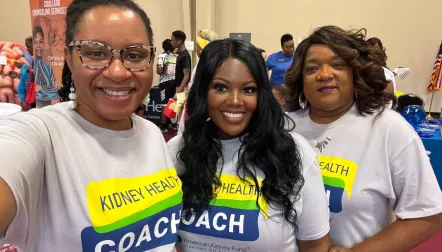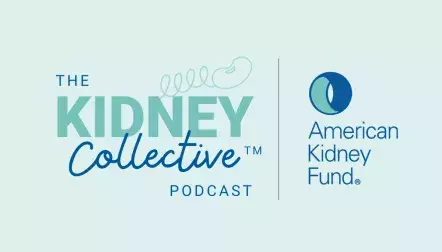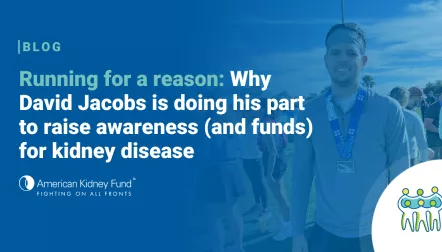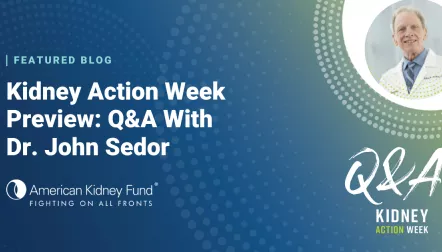
Blog post
How E. coli bacteria can harm your kidneys
Every few years we hear about E. coli outbreaks and are advised to stop using certain food products. But what is E. coli, where does it come from and how can it cause kidney failure?
E. coli is a type of bacteria found in the intestines of humans and animals. There are different kinds of E. coli; most are harmless, but some can be harmful. The types of E. coli that can cause illness most often spread to humans through contaminated food or water.
Shiga toxin-producing E. coli (STEC) is a harmful type of E. coli that is most often involved in outbreaks. It can cause stomach cramps, fever, diarrhea and vomiting. STEC infection can be mild and resolve itself after five to seven days. It can also be severe for some people and can lead to kidney failure.
STEC infection can cause a condition called hemolytic uremic syndrome (HUS), which is a type of kidney failure. Around 5% to 10% of people who get a STEC infection develop HUS. In HUS, STEC bacteria destroy your red blood cells, which can block your kidneys' filters and damage them, leading to kidney failure.
Early symptoms of HUS include vomiting or diarrhea, blood in stool, fever or feeling extremely tired. Later symptoms can include urinating less, unexplained bruises, pale complexion and bleeding from your nose and mouth. There are ways to treat the symptoms of HUS, and you should visit a hospital right away if you think you could have it. Depending on the damage from HUS, you may need to be on dialysis temporarily, or have a blood transfusion. Fortunately, most people will fully recover from HUS after a few weeks. However, damage to your kidneys can lead to kidney disease or even kidney failure later in life.
Children younger than five and adults older than 65 are more likely to get severe E. coli infections like STEC. In fact, HUS caused by STEC is the biggest cause of acute kidney failure in children. People with HIV, diabetes and cancer are also more at risk for STEC. There is no medicine to treat E. coli infection. The treatment involves resting and drinking a lot of water, or getting IV fluid if the infection is more severe.
You can take steps to prevent getting E. coli and therefore HUS. Listen to warnings made by the CDC about contaminated food products. To prevent getting E. coli at any time, here are things you can do to reduce your chances of exposure:
- Make sure your meat is fully cooked before eating. Do not let raw meat touch the things you eat.
- Avoid drinking unpasteurized milk, juice and cider.
- Try not to swallow water when swimming in any type of lake, pond, stream or pool because water could be contaminated by E. coli from runoff from the ground.
- Finally, make sure to wash your hands thoroughly after handling raw meat, changing diapers or visiting a petting zoo.
If one member of your family is diagnosed with an E. coli infection, other members of your family should be on alert because they might have been in contact with the same contaminated source. Clean all surfaces and utensils in your kitchen if you suspect the infection came from food. Wash your hands properly after using the restroom and before preparing food. You cannot get E. coli from contact like hugging or kissing.
Although bigger outbreaks bring E. coli into the spotlight for a short time every year, E. coli infections are common. Every year in the U.S. there are around 94,000 reported cases of E. coli infections; of these about 3,600 people are hospitalized and about 30 people die. It is important to take precaution year-round to prevent E. coli infection and HUS, and to keep your kidneys healthy.
To learn more about E. coli, visit these sources:
Your donation directly supports the fight against kidney disease
For 22 consecutive years Charity Navigator™ has rated us a Top Nonprofit. Your donations allow us to help more people than any other kidney organization – from making 150 kidney transplants possible every month to delivering financial relief to 1 in 7 dialysis patients. We also fund clinical research, provide financial assistance for kidney patients affected by natural disasters, and support a National virtual pediatric camp and a Kidney Health Coach community program.



